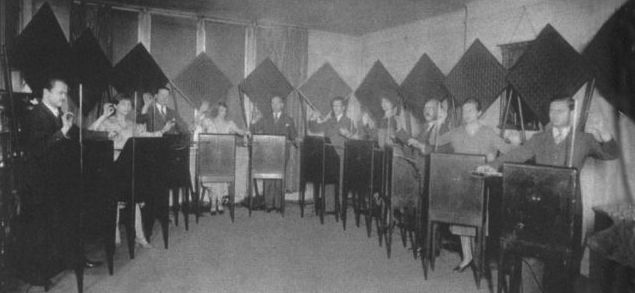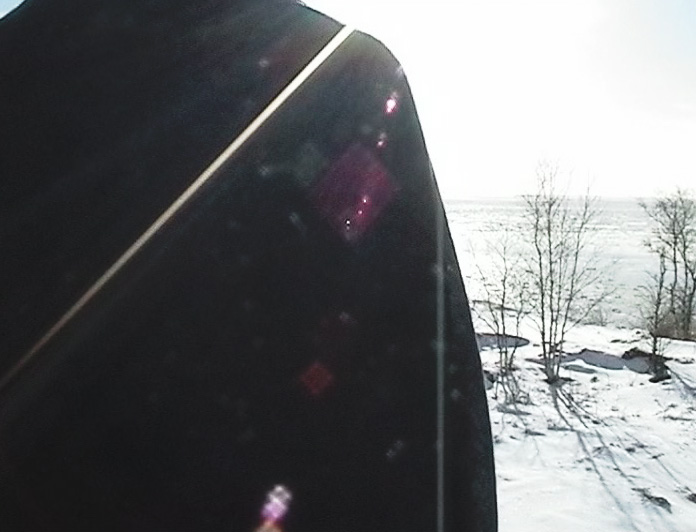My presentation in Kick off 4th Oct (without images).
Kick off -seminaarissa pitämäni esitelmä (ilman esityksessä näytettyjä kuvia).
WHAT IS ’ESITYS’?
My research in the project How to do things with performance is about performance and institutions, in other words how to understand the performative turn in certain public institutions such as a library, elementary school and an art museum. Moreover, it is about how to explore this turn from the perspective of artistic research. I have just started the project so I don’t have much to say about it yet. I’m therefore not going to talk about my project here, but I will spend a bit of time contemplating the Finnish word ‘esitys’, which in the context of performance studies and art is translated as ‘performance’.
It feels quite tricky for me to do this, for a number of reasons: firstly I’m neither a linguist nor a translator. I’m going to do this in English, well aware of my limits in the English language. I also wonder if trying to explain Finnish language nuances is interesting for English-speakers at all, and IF it is interesting for those who speak Finnish, why do this in English… And most of all, because this all is just a very tricky thing. But here we are, and may be the complexity is the whole point, let’s see.
Among other things, I have been working with Esitys magazine for 10 years now. In one of the very early magazines from 2008, artist Tuomas Laitinen wrote about the term ‘esitys’ like this:
“The Finnish word for performance, Esitys, is a good name for a magazine, as it describes well the happening to which it refers. The word originates from an ancient root esi, which expresses a relative position, i.e. a position in relation to another. In performances this relative position refers to how the receiver is related to the artist. The artist displays something in front of the receiver. For the artist a performance consists of both being on display (esilläolo) and pre-experiencing (esikokeminen). Similarly the most performative part of sing-along-happenings is the fore singer, who presents the model of the proceedings, while the rest take part by following that model. The English word performance on the other hand refers to executing something, bringing it through a form (per + form). The word demonstrates how the artist brings something through a form in order for it to be available for the receiver. Both Finnish and English terms leave a lot of room for what will actually happen.”
In daily life we rarely ask what words really mean, or where they come from; we take words mostly for granted. The context is pretty much part of our communication with words, as Derrida has noted. Lately I have noticed this importance of context well in social media such as Facebook. For me, Facebook doesn’t always carry the contexts of the discussions and statements and sometimes I find it very difficult to understand sarcasm or humour there, even when I know the people and the way they talk.
The Finnish word ‘esitys’ is, at any rate, somehow more constricted than the word performance. When I teach performance studies in Finnish I need to spend time explaining the difference between ‘esitys’ and ‘performance’, because the word ‘esitys’ doesn’t carry same meanings and connotations that performance does. The use of the word is just different. ‘Esitys’ is more indicative of the concept of representation or something which is constructed, in other words something that is staged. For example, the word ‘esitys’ doesn’t include meanings of sport or business or technology. So for students it’s sometimes hard as there is so much information anyway, and then you say that here we use the words a bit differently.
When you take a look at the meaning of ‘esitys’ in different Finnish dictionaries, it will give you Finnish meanings but also references to other languages, with words like:
presentation, proposal, rendition, show or representation
In the online dictionary you will get the word performance as well, but when I checked the books, which are a bit older, the word performance was not included.
Anyone who has worked with translating has of course noted this:
Riina Maukola translated Marvin Carlson’s A Performance – Critical introduction to Finnish in 2005. She noted the problems of translation and the wide concept of the word esitys. Still, having a background in theatre and perhaps also because there was a debate on the word ‘esitystaide’, (live art) going on in Finland at the time, she was struggling more with questions of definition and the borders of art forms; how to understand these terms in a local context with the local history. I think the title of the book tells something as well, you need two words and still you won’t get it all; ‘Esitys ja performanssi’. ‘
The title also shows another challenge we have: we do have the word performanssi, so why don’t we translate performance to performanssi? Well, in everyday use the Finnish word performanssi often means just performance art. In the academic context, the word performanssi is also used to mean performance. E.g. art historian Helena Erkkilä, whose 2008 research is about Finnish performance and body art from a psychoanalytical perspective,translates the word performance consistently to performanssi, so she is much more loyal to the roots of the word in that way. She doesn’t take it for granted but notes that the word performance can be translated to many words, like esitys, toiminta, suoritus and that the concept itself is very wide..
Richard Schechner’s Performance Studies. Introduction. was just translated to Finnish in 2016. I think it’s beautifully translated if you think in terms of intelligibility, which is, of course, the point of translation. Still, as you can see, performance studies is not performanssitutkimus but esitystutkimus. The translator of the book, Sarianna Silvonen, remarks on the problems of translating wordplays and multiple meanings of word performance and the concept of performance studies, which are not stable in the Finnish environment. She also comments on the complexity of translating words like play and act.
In her preface to Schechner’s book, Annette Arlander points out the multiple meanings of the word ‘esitys’: often the word ‘esitys’ refers to representation, pretending or proposing something, but not really to fulfill, execute, actualise or do something. She suggests we could use the words ‘esitys’ and ‘performanssi’ concurrently. Further she ponders that because of these nuances in the Finnish word ‘esitys’, performance studies in Finland might get some local colour and end up going in new directions.
Conclusion
My conclusion is that when we work in the field of performance studies in Finnish, we need to broaden and extend the meaning of the word ‘esitys’. The language is in flux all the time for sure, but I think it’s different when language is transformed in daily life as opposed to when the impulse for transformation comes from an academic context. Actually, this is what I think I do when I teach performance studies in Finnish, I try to broaden the word. Anyway, these things take time and let’s see how things are after ten or twenty years.
We also need to be aware that translating is a political act. For example, even though Schechner’s Performance Studies is trying to talk and create space for others as well, I find it very America-centred and we need to ask what performance studies are in a Finnish context, in Finnish, eli mitä esitystutkimus on suomeksi, suomalaisessa kontekstissa tänä päivänä, millä tavalla se voisi purkaa tämän päivän suomalaista yhteiskuntaa, viitata niihin ajattelijoihin jotka ovat tässä ympäristössä relevantteja, suhtautua kriittisesti kulttuuri-imperialismiin, ja ymmärtää miten sanat ja käsitteet toimivat paikallisesti.
Englannin kieli otetaan annettuna, erityisesti akateemisessa kontekstissa. Esimerkiksi tällä viikolla tämän puheen lisäksi pidän luennon ja esiinnyn festivaaleilla, Suomessa, englanniksi.
Kulttuuri-imperialismia Suomessa lietsoo voimakas stereotypia siitä, miten me olemme edelleen eristäytyneitä ja kansainvälisyys on edelleen kova sana täällä. Tämä on toki paljolti myös totta, mutta minusta on sääli, jos se tarkoittaa sitä, että akateemiset tekstit kirjoitetaan vain englanniksi, tai jos käsitteille ei pyritä kehittämään suomalaisia vastineita. Toisin sanoen, jos me lakkaamme ajattelemasta suomeksi. Tämä kieli on kirjoitettuna nuori, joten arkoittaako se sitä, että imperialistinen englanti syö sen kohta kokonaan. Tällaisena aikana, kun ääriliikkeet ovat väkivaltaisesti omineet suomalaisuuteen/paikallisuuteen liittyviä käsitteitä, on haastavaa käydä edes keskustelua siitä, mitä paikallisuus jollain alalla voisi tarkoittaa, ettei keskustelu paikallisuudesta ja sen merkityksestä ala heti kantaa mukanaan vastakkainasettelua tai nationalistista diskurssia. No, tarkoitus ei ollut lähteä vetämään tähän tällaista esitystutkimuksen snellmanilaista linjaa, mutta erityisesti akateemisessa kontekstissa tämä on asia, joka helposti unohtuu ja jonka poliittisuus myös unohtuu.
Everything is in English, be aware.



